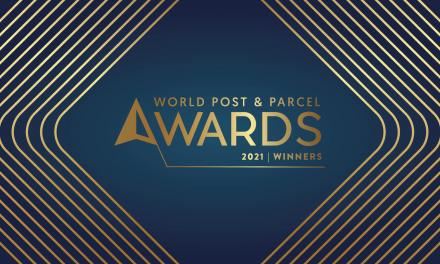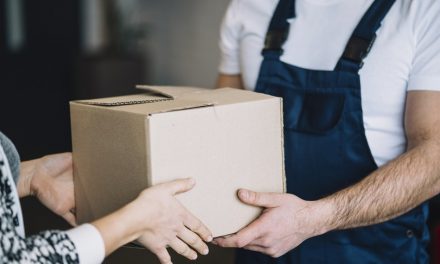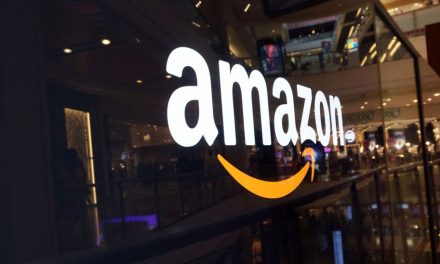
A light on the horizon in the eCommerce delivery price war
Kees de Vos, Chief Marketing and Product Officer, MetaPack, looks at how retailers can meet customers’ high expectations on delivery. When it comes to eCommerce deliveries, retailers are under pressure to meet the high expectations of their customers, and amongst these is free delivery. This option used to be reserved only for deliveries made between 7 and 10 days, which were considered standard services. However, in more mature eCommerce markets, premium services, such as next or same day delivery, are increasingly being regarded as standard, so the pressure to offer them for free is on. Retailers, who have invested heavily in securing and maintaining their online customer base and establishing their eCommerce brands are looking for the best ways to balance delivery management with meeting customer demands and make it work from a commercial perspective.
The issue is highlighted in the MetaPack ‘State of eCommerce Delivery’ research that we recently carried out amongst 3589 consumers in the UK, France, Germany, Italy, Spain, the Netherlands and the US. When asked what their most important delivery consideration was, 47% of all respondents and 50% of those from the UK ranked free delivery in the top spot.
As bricks and mortar retailers know, the ability to offer free delivery is desirable but not always feasible. The benchmarks set by online market places such as Amazon, who are willing to fund deliveries as a cost of sale, and regard them as a crucial competitive differentiator, are a huge challenge to match. Traditional retailers are all too aware that delivery accounts for between 10 and 12% of the cost of a product. If they offer it free, they take a major hit on their margin, and in the medium and long term this is unsustainable.
But perhaps there’s some light on the horizon for traditional retailers if they are able to refine their delivery options in a way that suits customers but also cuts down on operational costs. The consumers in the survey, for example, were responsive to the idea of purchasing more items or products to take advantage of a minimum spend ‘free delivery’ offer. 71% had used this option when purchasing online and the majority (60%) also said that their attitude to delivery cost varied depending on the value of the items they were purchasing and how quickly they wanted to receive them.
In addition, consumer expectations change significantly depending on the type of website they are shopping on. Whilst 79% of UK shoppers expected free delivery from Amazon, only 65% expected it from retailer websites and an even lower number (59%) from brands or manufacturer eCommerce sites. Free delivery does not have to be the default option, in fact, when consumers want convenient or faster delivery, many are quite willing to pay extra if it suits their needs. A quarter of UK respondents said they would pay up to £5 for a same day delivery, for example.
Retailers might also want to consider starting or extending loyalty programmes for which there is a real hunger from consumers, particularly when it comes to being rewarded with free or quick delivery. In the survey, 77% said that they would like the sites they use regularly to offer this feature and in the UK 84% would prioritise shopping with sites offering this as an option.
Although the survey shows clearly that free delivery is the most important consideration for the majority, choice is actually more important than anything. Consumers select their purchasing and delivery options according to their own needs, and they will make a choice depending on the most convenient time, location and cost to suit them. Nowhere is this more so than amongst two specific demographics: millennials and silver surfers. Both ranked free delivery highly as a primary consideration when making the majority of their online purchases (39% millennials vs. 51% silver surfers). However, 72% of millennials and 65% of silver surfers said that they would purchase more items to take advantage of a minimum spend ‘free delivery’ option. 23% of millennials would also be willing to pay more for a premium returns service; compared to just 17% of all survey respondents.
There is competitive pressure on retailers, whether online market places, brands, manufacturers or e-tailers, to provide a rich selection of delivery – and returns – offers and at a range of prices. Pure plays have led the way when it comes to cost and speed, but this doesn’t have to be at the expense of other providers in the market. Our survey has shone a light on the increasing demands of the consumer, but what it has also done is shown that they are willing to look at all options, so there’s room for manoeuvre, even when it comes to the cost of deliveries.












